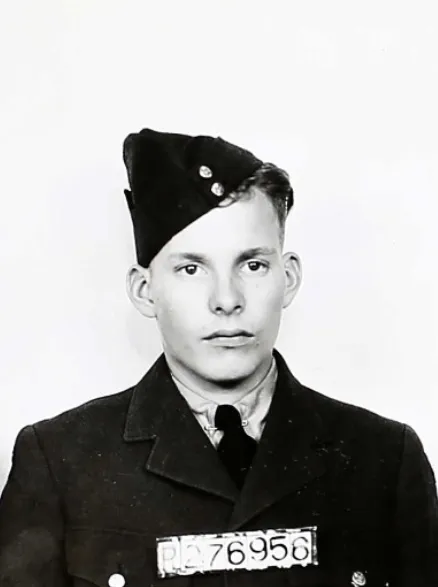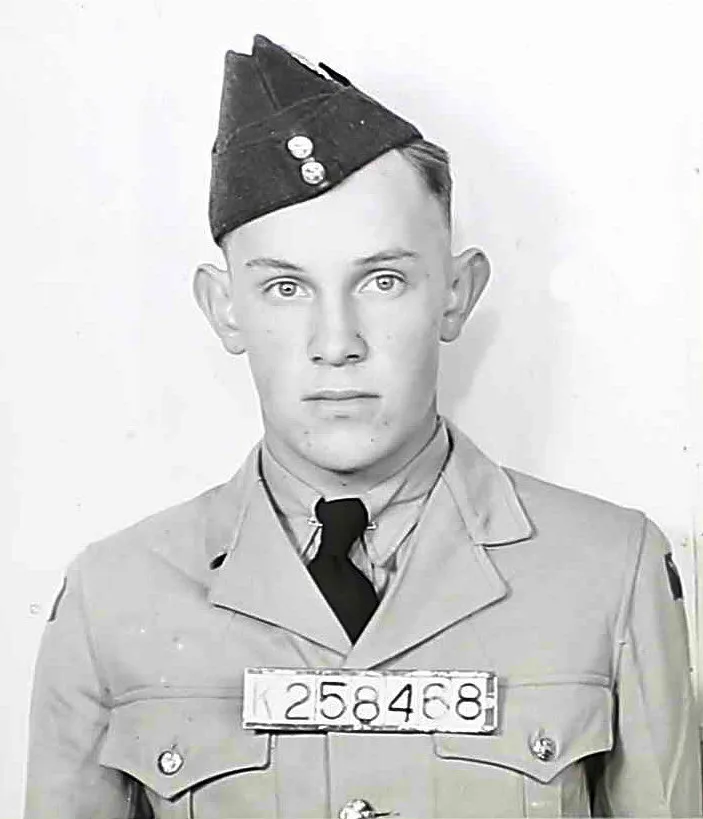Shelling, Ernest Joseph (Leading Aircraftman)
Killed in Flying Accident 1944-August-19
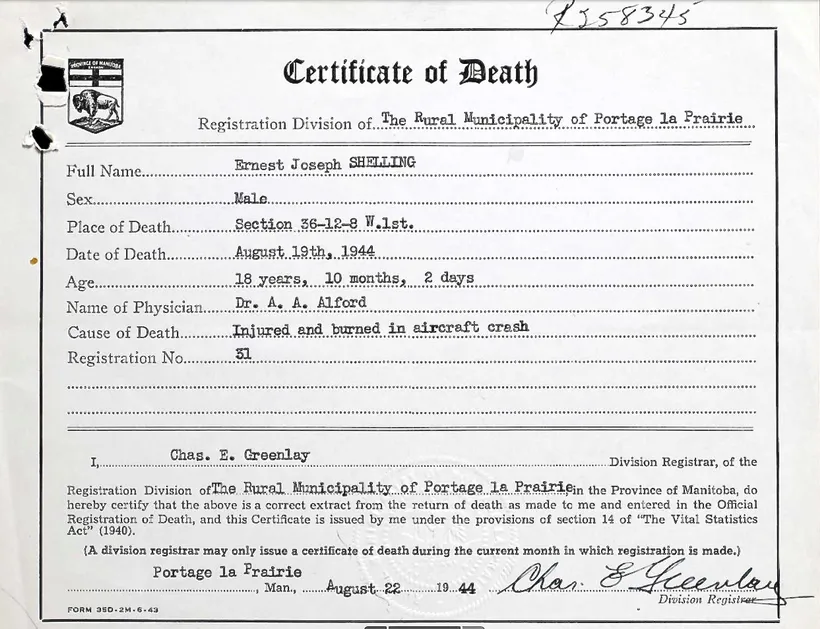

Birth Date: 1925
Born:
Parents: Son of Joseph and Enid L. Shelling, of Nakusp, British Columbia.
Spouse:
Home: Nakusp, British Columbia
Enlistment:
Enlistment Date: unkown date
Service
RCAF
Unit
3 BGS- Bombing & Gunnery School
Base
MacDonald, Manitoba, Canada
Rank
Leading Aircraftman
Position
Air Gunner
Service Numbers
R/258345
Crew or Other Personnel
Bolingbroke 10055
Bolingbroke serial: 10055
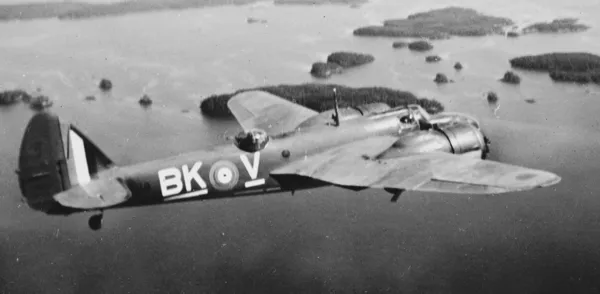
Fairchild Bolingbroke Mk. IV, RCAF (Serial No. 9118), coded BK-V, No. 115 (Bomber Reconnaissance) Squadron, Patricia Bay, British Columbia, 1942.
The Bristol Fairchild Bolingbroke was a maritime patrol aircraft and trainer used by the Royal Canadian Air Force during the Second World War. Built by Fairchild-Canada, it was a license-built version of the Bristol Blenheim Mk IV bomber.
In 1935, the British Air Ministry issued Specification G.24/35 to procure a coastal reconnaissance/light bomber to replace the Avro Anson. Bristol proposed the Type 149, based on its Blenheim Mk I, with Bristol Aquila engines to give greater range. While the Air Ministry rejected this proposal, a Blenheim Mk I, retaining its Mercury VIII engines, was converted as a Type 149 (Blenheim Mk III) for the general reconnaissance role.The nose was lengthened to provide more room for the bombardier, with the upper left surface of the nose being scooped out to maintain pilot visibility during takeoff and landing.
The longer range also fulfilled a Canadian requirement for a maritime patrol aircraft. Consequently, Fairchild Aircraft Ltd. (Canada) of Quebec started production of the Blenheim Mk IV as the Bolingbroke (the originally intended name for the Blenheim IV). This type was nicknamed the "Bolly". After a small run of aircraft constructed to British specifications, as the Bolingbroke Mk I, Fairchild switched production to the Bolingbroke Mk IV with Canadian and American instruments and equipment. These versions also included anti-icing boots and a dinghy. One of the early Mk IV variants was the Bolingbroke Mk IVW which was powered by two 825 hp (615 kW) Pratt & Whitney SB4G Twin Wasp Junior engines. Incapable of maintaining altitude on one engine, the normal bomb load was reduced to 500 pounds on these aircraft to compensate for the low engine power. The most-produced variant was the Bolingbroke Mk IVT trainer, of which 457 were completed. A total of 626 Bolingbrokes were produced. Wikipedia
Aircraft Images
Bolingbroke 10055
Bolingbroke Mk. IVT 10055
To No. 2 TC on 16 Jan 1943. At No. 8 RD from 19 May 1943 to 7 Feb 1944. To No. 2 TC when completed. Cat "A" crash on 19 Aug 1944, while with No. 3 B&GS at RCAF Stn MacDonald, MB. An engine cut out after take-off, and the a/c stalled and crashed while attempting landing. The airframe was destroyed by the post-crash fire. The crew consisting of Flying Officer (RAAF) C. Howard and three Leading Aircraftman trainees, F. Seagrim, E. Shelling, and R. Sims, with another passenger AC1 D. Lockwood, were all killed. fire. Wreckage assigned to No. 8 RD for write off on 21 Aug 1944.{{link,canadaprimary,https://heritage.canadiana.ca/view/oocihm.lac_reel_c5933/2777,RCAF - Accident Investigation File}}
1942-12-22 Taken on Strength No. 1 Training Command 2019-08-20
1943-April-04 Accident: 1 Bomb & Gunnery School Loc: Aerodrome Names: Marjerrison | Simpson
1944-August-19 Accident: 3 Bomb & Gunnery School Loc: Aerodrome Names: Howard | Lockwood | Seagrim | Shelling | Sims
1944-09-13 Struck off Strength Struck off after crash, see comments 2019-08-20
Unit Desciption
3 BGS (3 Bomb and Gunnery School)
The Bombing and Gunnery School (B&GS) offered instruction in the techniques of bomb aiming and aerial machine gunnery to Air Observers, Bomb Aimers, and Wireless Air Gunners. These schools required large areas to accommodate their bombing and gunnery ranges, and were often located near water. The Avro Anson, Fairey Battle, Bristol Bolingbroke, and Westland Lysander were the standard aircraft used at B&GS schools.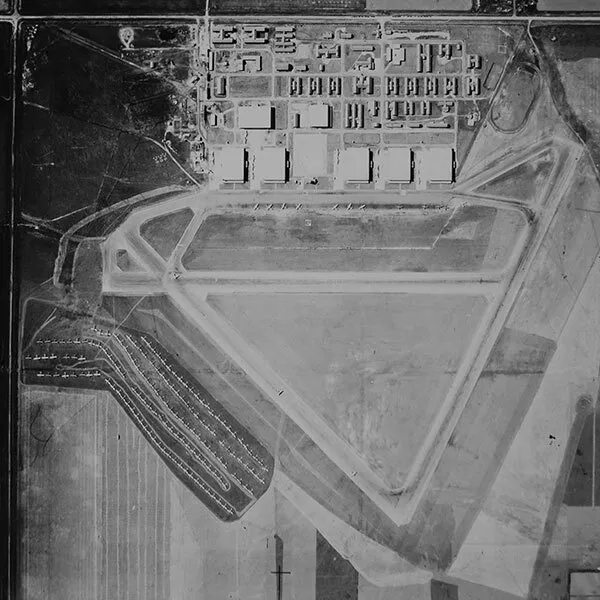
RCAF.info - RCAF Station MacDonald Manitoba



